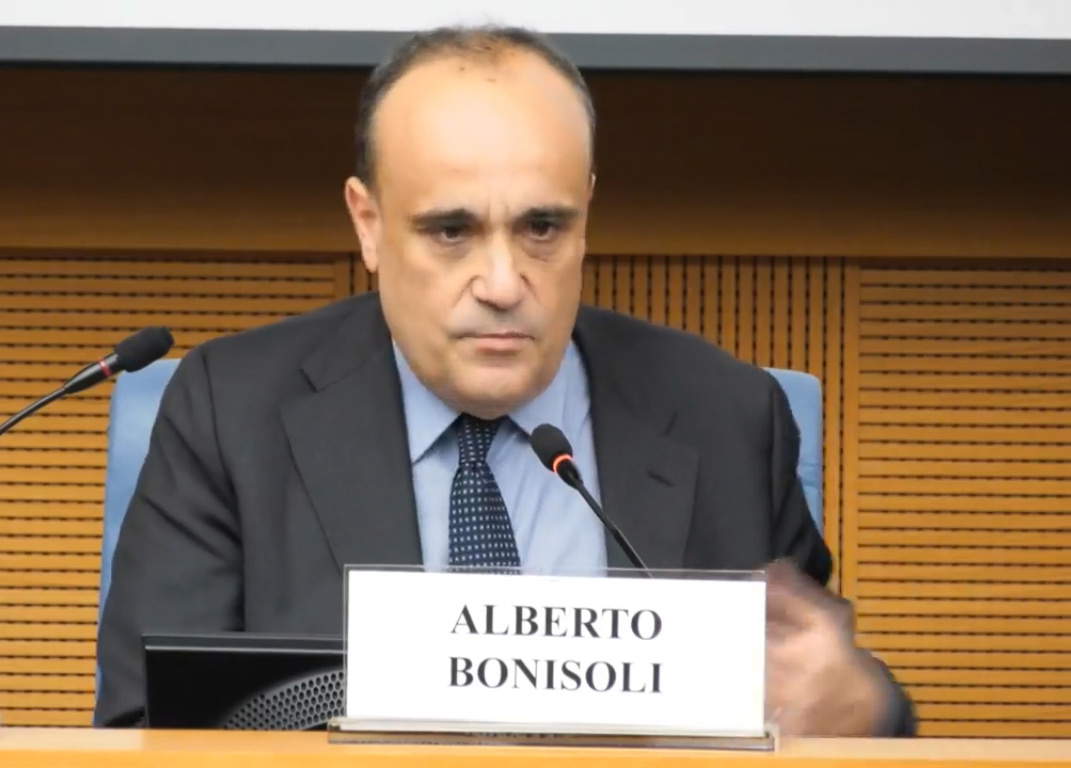During a speech in the Chamber of Deputies last October 4 that escaped most, the minister of cultural heritage, Alberto Bonisoli, proposed a project that he said should “lead to change”: on the surface, all consistent with the title of the conference, which was called What culture for what change? Actually, it is very funny to note that Minister Bonisoli’s “project to bring about change” is nothing more than an old warhorse of former Minister Dario Franceschini. Bonisoli, in fact, would like to bring to schools the works of art that are in museum storerooms. This is an initiative that was already implemented in late 2014 by Dario Franceschini: at that time it was called A Work of Art in the Classroom, and it was harshly criticized by many(including us) for a twofold reason, namely for the immense problems it would entail, and for its lack of usefulness. As a result, A Work of Art in the Classroom had a very short life and rather poor luck.
Alberto Bonisoli would now like to revive the same, identical idea as his predecessor. “We have so many works of art that are not shown,” the minister said. “They stay in storage, some maybe not so exceptional. We have so many of them. And one of the things I have been wondering is whether this heritage could not be used in a better, more congruous and also more useful way to what are the needs of the community. We’re probably talking about works that if I put them in a museum I don’t know if I’m going to have a great success [...] I think art history is very important. But I also think that if we can teach it in a simpler and more motivating way for kids we do a better job than what is done until now, because many of us discover art after school.” So what, for Bonisoli, is this “simpler and more motivating way” to teach art history to children and young people? Obviously, bringing works of art from museums to school: “we would like to take some of the works of art in storage and give them to a school [...].” The minister is aware, however, that the initiative would bring with it enormous problems, but his answer appears totally disarming: “I won’t tell you the problems we will have to face, which there are. Who cares! If there are going to be problems, you get [to work] and they will be solved. [...] It is a call to arms. We have to mobilize energies.”
 |
| Alberto Bonisoli during his speech in the House |
It is unfortunate that the minister of cultural heritage also subscribes to the vulgate that museum deposits are probably dusty warehouses from which works stopped to molder at will in order to bring them back to new and useful life, and it is also unfortunate that the minister of cultural heritage does not appear to be up to date with the most recent debate, which is, if anything, about how to lead the public to the works, and not vice versa. So much for a “culture of change”: the purpose of bringing a work of art to school is the result of a stale and outdated view of art history. At the moment, the efforts of museum directors, art historians, archaeologists, and in general of anyone who has a management role in the field of cultural heritage, is, if anything, aimed at finding new forms of interaction with the public, which can do without making masses of works travel up and down Italy. Two examples out of all are worth mentioning: that of the Pinacoteca di Brera, which with its Dialogues has de facto banned large exhibitions and has focused on small, targeted events, which from time to time display a limited number of works from the permanent collection put in dialogue with each other, together with one or two loans, to put the works of the collection itself in a different light and entice visitors to return. And that of the Liguria delle arti project, which this summer gave rise to a series of focuses on Ligurian heritage throughout the region, taking the public from time to time (always large and numerous, by the way) to the same places where the works that were the protagonists of the in-depth studies are kept.
A project like the minister’s would make significant steps backward in the debate. Long steps backward, at least, exactly four years: Franceschini presented his project A Work of Art in the Classroom precisely in October 2014. Without calculating the onerous costs that an idea such as Bonisoli’s would entail: the superficiality with which the minister scoffs at the issues frontally clashes with reality, since moving a work of art means having to deal with transportation costs, insurance costs, security costs, and bureaucratic paperwork that would unnecessarily engage an already understaffed and overworked ministerial staff. And spending public money on a project that would, moreover, be profoundly uneducational (since it is necessary to make children and young people understand that to care for art, to study it and to love it, it is necessary to move toward art, and not wait for art to come to us) is perhaps not what schools and cultural heritage need right now.
Warning: the translation into English of the original Italian article was created using automatic tools. We undertake to review all articles, but we do not guarantee the total absence of inaccuracies in the translation due to the program. You can find the original by clicking on the ITA button. If you find any mistake,please contact us.